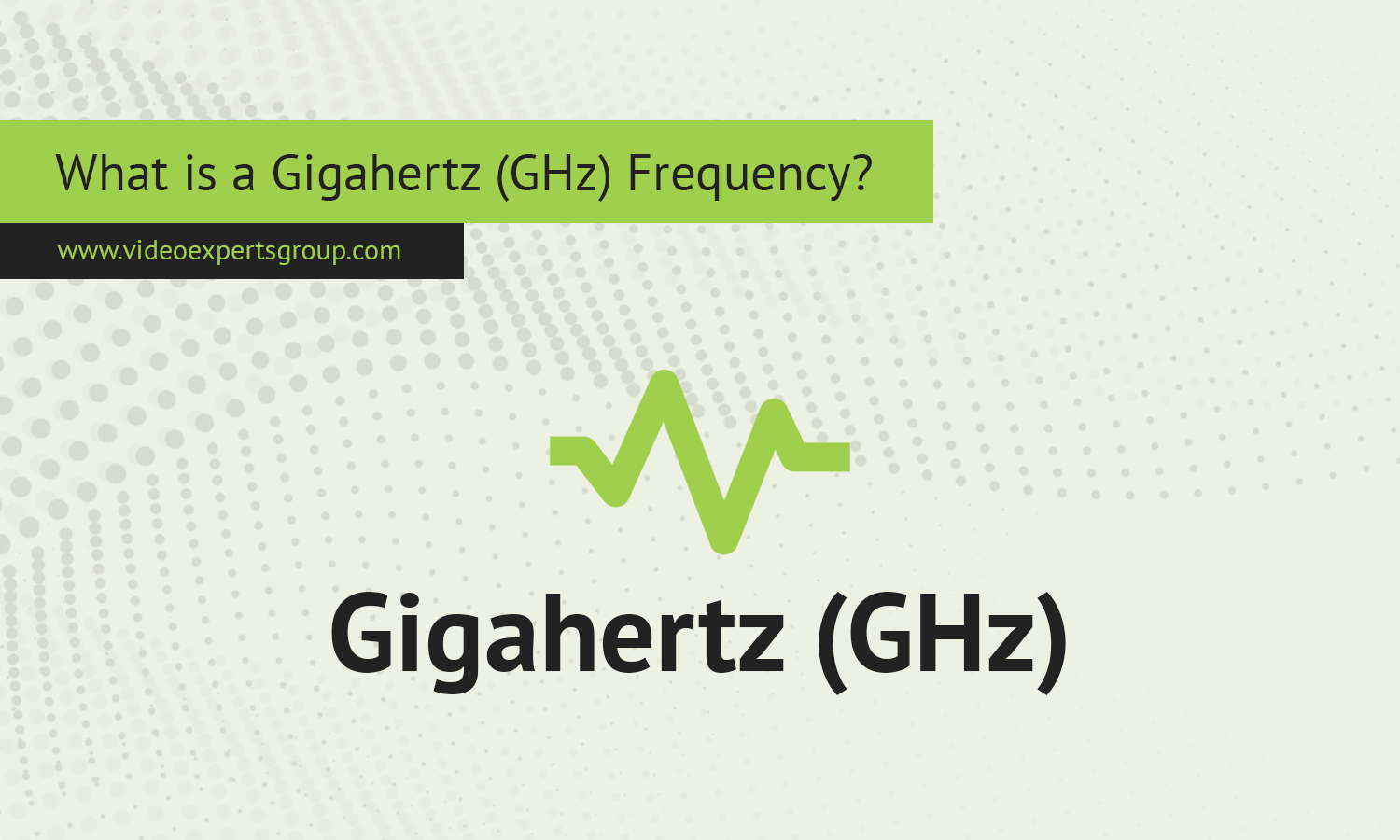Gigahertz (GHz) is a term frequently mentioned in discussions about modern technology, especially when talking about processors, wireless communication, and advanced electronic devices. As the world becomes more connected and faster processing becomes essential, GHz is an increasingly common unit of measurement. From the speed of your computer's CPU to the frequency of Wi-Fi signals, gigahertz plays a central role in determining performance. In this article, we will explore what a gigahertz frequency is, how it's used, provide examples, and answer some common questions about GHz.
Meaning
A gigahertz (GHz) is a unit of frequency that equals one billion hertz (Hz). Frequency measures how often something, such as a signal or wave, oscillates in a second. When a process is measured in gigahertz, it means that the event happens billions of times per second. For example:
1 GHz = 1,000,000,000 Hz (1 billion Hz)
In simpler terms, a signal that operates at 1 GHz repeats itself one billion times every second. Higher frequencies, such as those measured in gigahertz, are used for fast operations, such as data transmission and processing. The base unit of frequency is hertz (Hz), and as technology has advanced, measurements have scaled from kilohertz (KHz) to megahertz (MHz), and now, gigahertz (GHz) is the standard for many modern devices.
Usage
Gigahertz is used in many applications, particularly those that require fast processing or communication. Here are some of the key areas where GHz is crucial:
-
Computer Processors (CPUs): One of the most common places where you will encounter GHz is in the speed of a computer’s CPU. The processor’s speed, often referred to as the clock speed, is measured in GHz and represents how many cycles the processor can execute per second. A 3 GHz processor, for instance, can perform 3 billion cycles per second, enabling it to process instructions and data at a very high speed. Modern CPUs generally operate between 2 GHz and 5 GHz, depending on their architecture.
-
Wireless Communication: Wireless technologies, such as Wi-Fi, Bluetooth, and mobile networks, often operate in the GHz frequency range. For instance, Wi-Fi routers commonly use 2.4 GHz or 5 GHz bands to transmit data wirelessly. Higher frequencies allow for faster data transmission, though they may have shorter ranges or be more susceptible to interference from obstacles like walls.
-
Telecommunications (5G and 4G): Modern cellular networks, particularly 4G and 5G, also use GHz frequencies. 5G networks can operate in bands above 6 GHz, enabling ultra-fast data transfer rates for applications like high-definition video streaming, gaming, and virtual reality.
-
Satellite Communications: Many satellite communications systems use GHz frequencies, particularly in the C, X, and Ku bands, which range from 4 GHz to 18 GHz. These high frequencies allow for the transmission of large amounts of data over long distances, critical for television broadcasts, weather monitoring, and global internet access.
-
Microwave Technology: GHz frequencies are also used in microwave technologies, such as radar and microwave ovens. Radar systems use GHz frequencies to detect the speed and location of objects, while microwave ovens use frequencies around 2.45 GHz to heat food by agitating water molecules.
GHz Examples
Here are some real-world examples of GHz in use:
-
Computer CPUs:
- A modern desktop or laptop computer often has a CPU with a clock speed between 2 GHz and 5 GHz. For instance, Intel’s Core i7 processor may run at 3.6 GHz, meaning it can execute 3.6 billion cycles per second, handling tasks like gaming, video editing, or multitasking with ease.
-
Wi-Fi Networks:
- Wi-Fi routers typically operate on 2.4 GHz and 5 GHz bands. The 2.4 GHz band offers a longer range and better penetration through walls, while the 5 GHz band provides faster speeds over shorter distances, ideal for high-bandwidth activities like streaming HD videos.
-
5G Networks:
- 5G technology uses multiple frequency bands, including frequencies above 24 GHz in what's known as the millimeter-wave spectrum. These high-frequency bands allow for extremely fast data transfer rates, enabling next-generation services like augmented reality (AR) and smart city infrastructure.
-
Microwave Ovens:
- Household microwave ovens operate at a frequency of 2.45 GHz. This specific frequency is ideal for heating food because it interacts with water molecules, causing them to vibrate and produce heat.
-
Satellite Communication:
- Communication satellites use frequencies like 12 GHz (Ku-band) to transmit signals across large distances. These frequencies are used for satellite TV, weather satellites, and internet services in remote areas.
FAQ
Gigahertz (GHz) is a unit of frequency that represents a billion cycles per second, making it essential in high-speed technologies such as computing, wireless communication, and satellite systems. As technology advances, GHz frequencies are increasingly crucial in delivering faster, more reliable services and improving device performance across various industries. Understanding GHz is key to grasping the speed and efficiency of many modern devices we use every day.
















